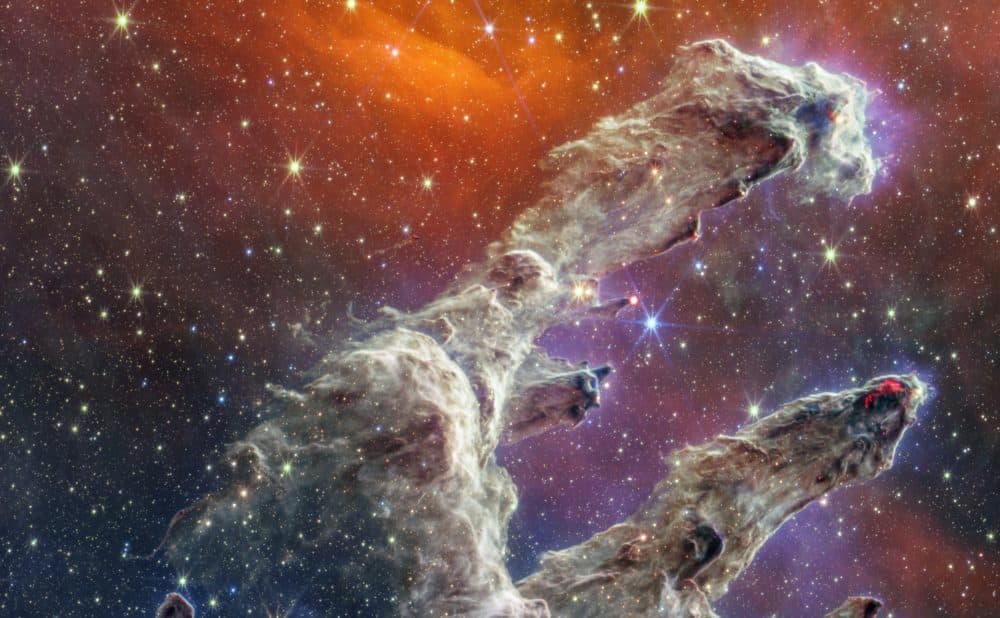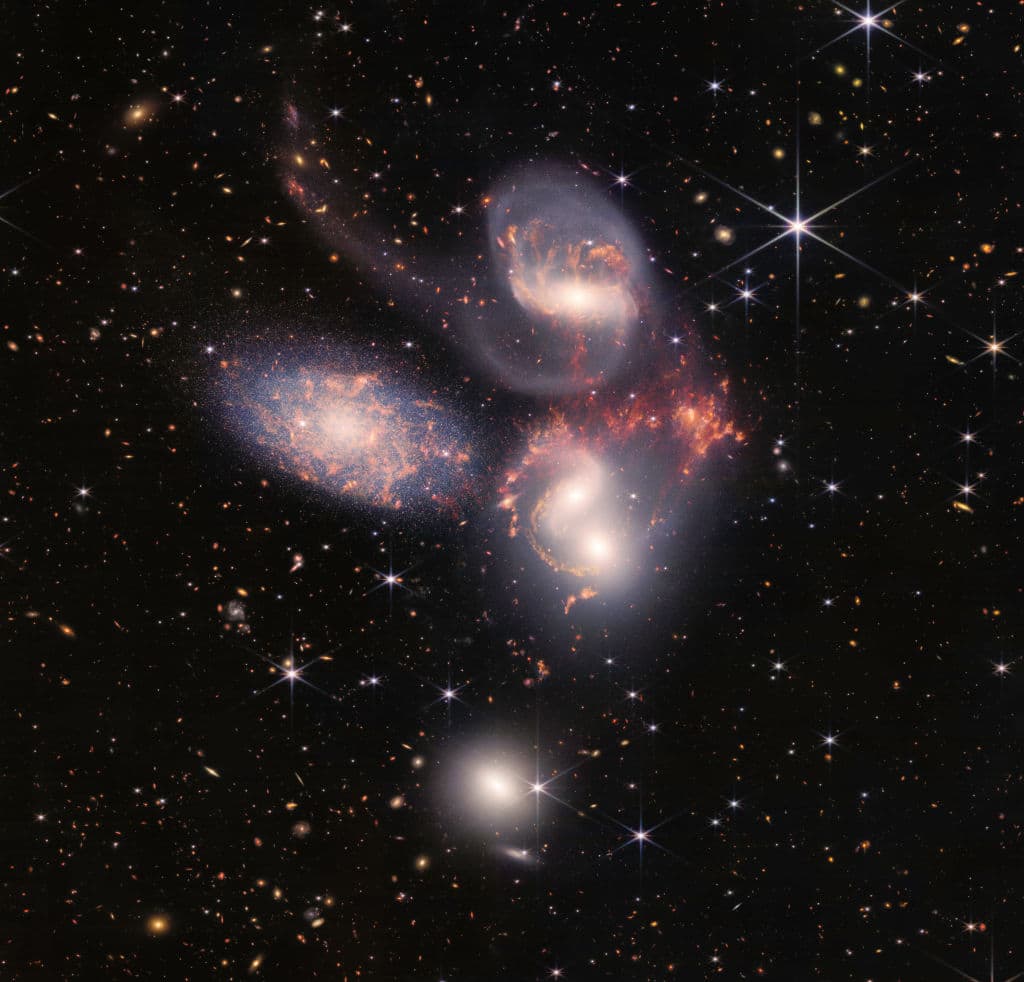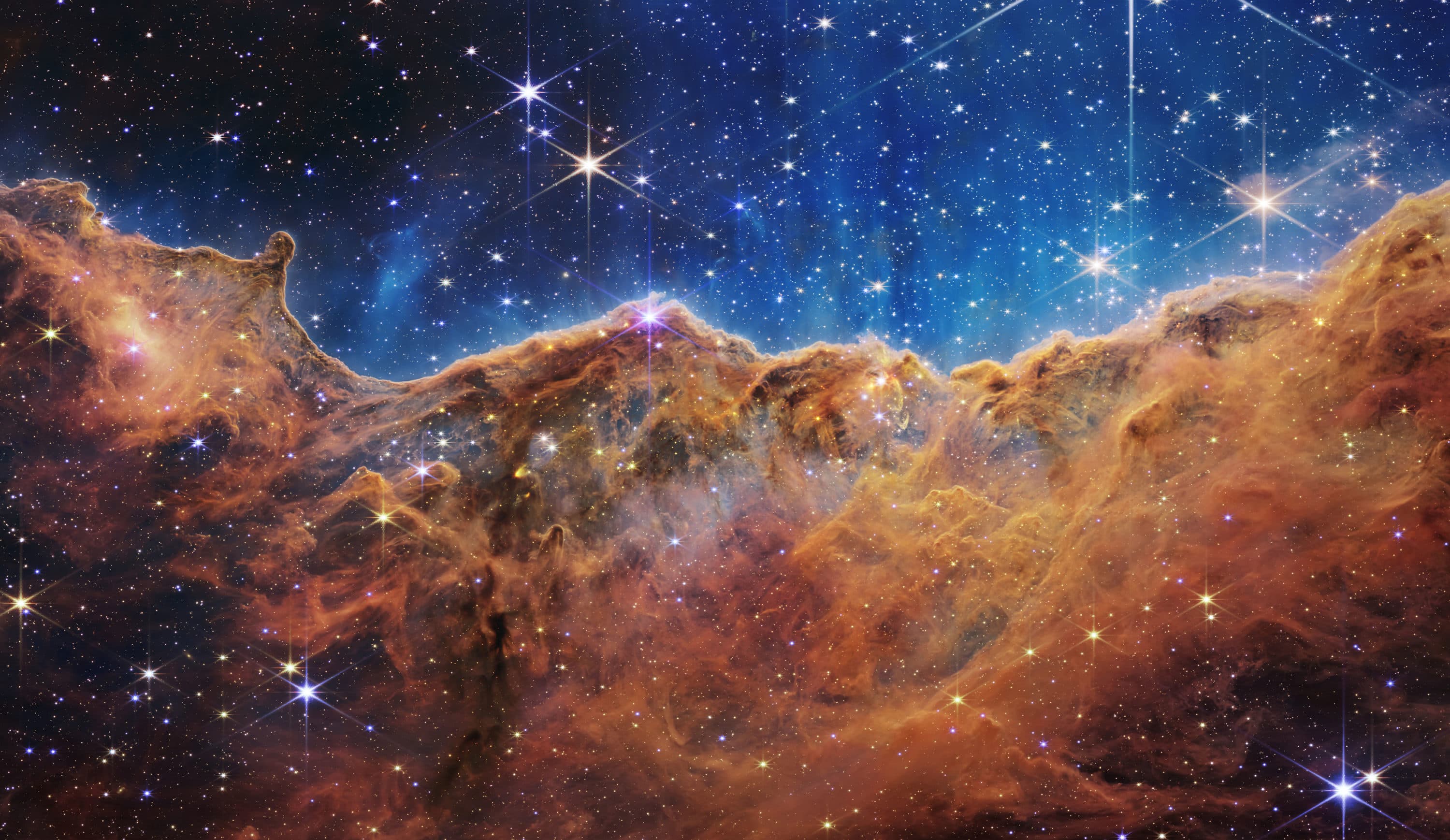Advertisement
Commentary
Science and the sacred aren’t in eternal conflict. They are siblings, born of wonder

Humanity’s eyes have been turned to the heavens of late. Images from the James Webb Space Telescope of Neptune’s rings and star nurseries transfix our imaginations. Each launch of an Artemis rocket fills us with hope as we take the next steps toward living on Mars. Space unites in common dreams and questions, humility and wonder.
Awe in the face of a vast universe is the shared experience of those who travel in space. Many astronauts have a profound spiritual experience as they orbit the Earth. They return with a deep sense of humanity’s connection to all of creation. They do not see a conflict between the science that took them to space and spiritual experiences they had there.
And yet, since the Enlightenment, there has been an abiding tension between science and religion. The Church initially rejected Galileo’s evidence about the universe, and some people of faith still cannot accept evidence supporting evolution. This has led many scientists to reject religion altogether.

As far as it goes, science should rightly be seen as an answer to humanity’s hopes. It is a powerful tool we can use to cure diseases, create jobs, improve lives, build better communities, overcome climate change and explore our universe. It frees and inspires us. It lets us see the universe as a knowable one, abundant with the answers we seek. It helps us solve problems with confidence and joy.
But the limits of science are not difficult to see. Science cannot explain how matter came into being or what exists outside of time. It can explore and employ the curious forces that make up our universe but can’t explain what they are at their essence. Science cannot bend the human heart toward love, hope and goodness. It cannot make us yearn for justice and the well-being of others.
We need something in addition to science, a basis for justice and a source of love , if we are to build communities worth living in. Perhaps there is much to be gained from a dialogue between science and the sacred.

At the Museum of Science, we want to create common ground for those who see reality through the lens of science, those who view it in the context of the sacred and the many who consider it through both. Our initial effort is a planetarium show called "God, Science, and Our Search for Meaning," a collaborative effort with author Dan Brown. We hope this show will help those who have deep religious convictions to feel at home in a museum devoted to science, those who have a deeply scientific view of reality to be open to other ways of knowing, and those who balance both to have a place to do so.
Science and the sacred are siblings born of wonder. They take us back to the moment when everything was unleashed in a blaze of light, energy and matter, and speak to us of the continuing connectedness of things. One tells us what makes up the universe, and the other why it is meaningful. One gives us power to solve problems, and the other a purpose for doing so. Both have the capacity to free us from ignorance and falsehood.
As humanity seeks to live on Mars and — perhaps — other worlds, what will we bring with us? Our science and technology will take us there, but are they sufficient to help us create just and humane societies? Surely, we must also bring a deep commitment to something that lies beyond our science, beyond the material, that will help humanity transcend its native fear and violence. We would do well to pair our science with the sacred. Together, they offer humanity a chance to thrive in the new worlds we seek to explore. If we can succeed in space, perhaps we can learn to do so on Earth as well.
